If you ever wondered what happens when lava meets ice, here's your answer! ~Ally
0 Comments
If you were a new state of matter, where would you be? If you said in the retina of chickens, you're right! The retina of the eye is home to rods and a variety of cones, which help the brain perceive color. When studying the retina of the chicken, researchers found that the five different types of cones are arranged in what is known as “disordered hyperuniformity” and has never before been seen in biology until now. The research was co-led by Salvatore Torquato and Joseph Corbo and was published in Physical Review E. When a small section of the pattern is viewed, the position of the individual components (in this case, the different types of cones) appears to be random. On the large scale, there appears to be more some order to the perceived madness. This hyperuniform state of matter has been seen before in plasmas and liquid helium (which occurs at -269 degrees C, -450 degrees F) and allows the substance to act both as a crystal and a liquid. Because the different types of cones are different sizes, this arrangement allows the retina to take on the crystal-like ability of maintaining the density throughout. However, all of the cones also have the same physical properties, just like a liquid. Chickens and other birds depend on acute eyesight, which is aided by their five types of photoreceptive cells that are densely packed into the retina. It is speculated that this ordered arrangement lends to the integrity of the retina while allowing them to perceive light and colors evenly. Each type of cone has a set pattern that, when viewed individually, appears pretty obvious. When all of the patterns are put together, it has a very complicated order that is described as a “uniform disarray.” Each cone appears to have a zone around it which helps space out cones of the same type. This is a multi-hyperuniformity that has not been seen before, and the researchers believe it calls for a new state of matter to be used to describe it. Beyond just being a neat fact about avian vision, disordered hyperuniformity is used to develop optical circuits which operate or restrict based on certain wavelengths. Now that this type of patterning has been found in a biological system, the field may be expanded in future research. Researchers hope that other scientists will go back and reexamine old data to determine if there are more instances of disordered hyperuniformity that may have gone unnoticed. ~Ally
A dust devil, apart from what I thought - a devil made of dust (yeah, I read far too many mythology books) - is a strong, well-formed, and relatively long-lived whirlwind, ranging from small (half a meter wide and a few meters tall) to large (more than 10 meters wide and more than 1000 meters tall). The primary vertical motion is upward. Dust devils are usually harmless, but can on rare occasions grow large enough to pose a threat to both people and property. Also called "dancing devil", "chiindii" or "Saci", they are comparable to tornadoes in that both are a weather phenomenon of a vertically oriented rotating column of air. Most tornadoes are associated with a larger parent circulation, the mesocyclone on the back of a supercell thunderstorm. Dust devils form as a swirling updraft under sunny conditions during fair weather, rarely coming close to the intensity of a tornado. ~Ally
Icebergs, as most of us know, are formed when large blocks of ice break off from glaciers' ice shelf and start floating in open water and interacting with the seawater beneath them. Primarily, glaciers are built up from snow falling on the Antarctic continent over millennia, so this ice consists of pure fresh water. As seawater is drawn deep under the ice shelves by the oceanic currents, it becomes supercooled and freezes to the base of the ice shelf. Because this ice is formed from seawater that contains organic matter and minerals it causes variety of colour and texture to the iceberg. As the bergs become fragmented and sculpted by the wind and waves, the different coloured layers can develop striking patterns. Striped icebergs in a variety of colours, including brown, black, yellow, and blue has been spotted in freezing waters around Antarctica. Normally an iceberg appears white as a result of the tiny bubbles trapped within which scatter light in every direction. Blue stripes are created when a crevice in the ice sheet fills up with meltwater and freezes so quickly that no bubbles form. Ice that is bubble free has a blue tint which is due to the same light phenomenon that tints the sky - the wavelength of blue light causes it to be scattered or spread around much more than the other colours. When an iceberg falls into the sea, a layer of salty seawater can freeze to the underside. If this is rich in algae, it can form a green stripe. Other hues such as brown, black and yellow are caused by sediment, picked up when the ice sheet grinds downhill towards the sea. And I thought icebergs couldn't be cooler (pun intended)! ~Ally
As if thunderstorms weren't frightening enough, scientists now claim that there is a second kind of lightning: the dark lightning. This strange phenomenon is different from regular lightning, since dark lightning is a release of high-energy gamma rays, which makes it completely invisible to the human eye. Attempts to understand this mystery haven’t turned out so well, and researchers are baffled with our lack of knowledge regarding this thing. However, recent developments have shed some light on the subject. Contrary to ordinary lightning (which is explained using slow electrons), dark lightning is caused by high energy electrons colliding with surrounding air molecules, releasing gamma rays in the process. And, believe it or not,these bursts have an interesting effect on humans. Most commonly, humans are “hit” by dark lightning when flying through thunderstorms. At 12,000 meters, the radiation dose if hit by one of these bursts is around the same as 10 chest X-rays. However, at 4,900 meters (the middle of storms), the dose is 10x stronger and equivalent to a full-body CT scan. In general, an encounter with one of these bursts will provide enough radiation deemed “safe” for human tolerance for one year. But don't worry: a chance of getting “hit” by dark lightning is very small, since pilots avoid storms and dark lightning is relatively rare. ~Ally
An ice disc, ice circle, or ice pan is a natural phenomenon that occurs in slow moving water in cold climates. Ice circles are thin and circular slabs of ice that rotate slowly in the water. It is believed that they form in eddy currents. Ice discs have most frequently been observed in Scandinavia and North America, but they are occasionally recorded as far south as England and even Wales. They vary in size, but circles with more than 15 metres in diameter have been observed. Ice discs form on the outer bends in a river where the accelerating water creates a force called 'rotational shear', which breaks off a chunk of ice and twists it around. As the disc rotates, it grinds against surrounding ice — smoothing into a circle. A relatively uncommon phenomenon, one of the earliest recordings is of a slowly revolving disc spotted on the Mianus River (Stamford, USA) and reported in an 1895 edition of Scientific American. River specialists state that ice pans are "surface slabs of ice that form in the center of a lake or creek, instead of along the water’s edge. As water cools, it releases heat that turns into 'frazil ice' that can cluster together into a pan-shaped formation. If an ice pan accumulates enough frazil ice and the current remains slow, the pan may transform into a 'hanging dam', a heavy block of ice with high ridges low centre. ~Ally
It sounds like a name from a Trash Metal band from Scandinavia, but it's actually a real natural phenomena: it is an enormous ice column that touches the ocean floor and kills all animals around it. We all know that the temperatures in the bottom of the ocean are always higher than the ones on the surface, which makes the heat flows that come from the warm seas form ice when they reach the cold air. So, in the surface, the salty water tends to solidify and, in the process, the ice gathers around an unique column that resembles a stalactite. As the tube reaches the sea floor, the ice spreads like a liquid spilled on the floor - and destroys whatever is on its way. Animals like starfish and sea urchins die instantaneously, since they can't escape the "ice web" and not because of the thermal shock, as one might guess. ~Ally
And, before you think "Frankenstein!", no, I'm not talking about him - although I kind of have been in a Frankenstein-mood lately, hummm! Anyway, remember the other day when I wrote about Galvanism? Well, today I read about its most curious applications, performed by none other than Giovanni Aldini, the nephew of Luigi Galvani, who quite possibly was one of the inspirations for Mary Shelley's work. Aldini, a 19th century Italian physicist spent most of his life testing the medical applications of his uncle's discovery and ended up becoming quite a celebrity. For his contributions to science, the emperor of Austria even made him a Knight of the Iron Crown! "But what did he do?", you might be wondering. Your actual question should be "what DIDN'T he hook up to batteries?!" I'll tell you what, the man experimented with every animal he could get his hands on, from cows and dogs... To humans. Yeap. Human corpses, you've heard me. He traveled Europe with a kind of "science circus" in which he electrocuted carcasses and corpses for the delight of the audience. In January 1803, Aldini presented his most famous experiment. He was given the body of a hanged criminal, George Forster, who had been executed for the murder of his wife and child. Displaying Forster's body for the public to see, he electrocuted his face, which started to twitch and move; his mouth and eyes opening and, according to all accounts, he looked very much alive. But believing he did not freak out the people and humiliated Forster enough, Aldini stuck an electrified rod straight up the corpse's, ahm, bottom, after which the body started to kick and punch around so much, most people were sure he came back to life and started screaming about hanging him again. Oh, 19th century people... How do you kill something that's already dead? ~Ally
And no, I'm not going to say anything about smelly supernatural apparitions ("what are they feeding you?"). Turns out that scientists believe that some gases like methane can cause people to believe they're being haunted. One case, described in Discovery News, tells about a family that lived in a house near a garbage dump. They experienced headaches, reported bursts of fire that singed the walls and smelled noxious odors that resembled brimstone. It was later explained that infrasound and electromagnetic waves only explained some of the issues in the house under the high-tension wires. The seeping gas from the garbage decomposition was the cause of the other "haunting" occurrences. ~Ally
I love reading about antique scientists and their (sometimes) crazy theories about life and how it works on us humans. Galvanism, in that area, is one of my favorite subjects - and yes, it is partly because I adore Shelley's Frankenstein. In medicine, the term "galvanism" refers to any form of medical treatment involving the application of pulses of electric current to body tissues provoking the contraction muscles that are stimulated by the electric current. If you thought about frog legs, you're on the right path. This effect was named by Alessandro Volta after his contemporary, the scientist Luigi Galvani, who investigated the effect of electricity on dissected animals in the 1780's and 1790's. Galvani himself, though, referred to the phenomenon as "animal electricity", believing that he had discovered a distinct form of electricity. Before that, Isaac Newton had theorized a link between the "animal spirits" described in antiquity and the subtle electrical fluid hypothesized by physicists. Scientists Caldini and Fontana had realized that merely bringing an electrified rod within their close proximity would stimulate frogs. However, it was Galvani who determined that electricity was present within the animal itself. Based on his frog experiments he deduced that the contractions were caused by the flow of electricity and, when one occurred, a nervo-electric fluid was conducted from the nerves to the muscle. Nowadays, the study of galvanic effects is called electrophysiology and the term "galvanism" is only used in historical contexts. I wonder if scientists say "IT'S ALIVE!!!!" everytime they put a current on a dead animal. I know I would! ~Ally
|
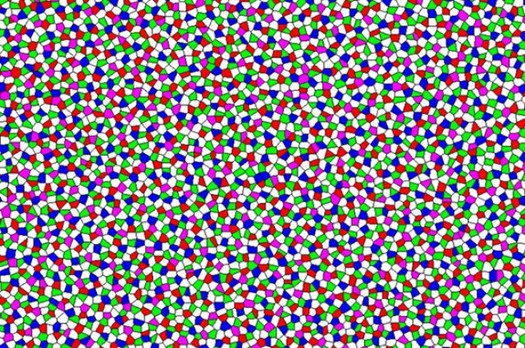
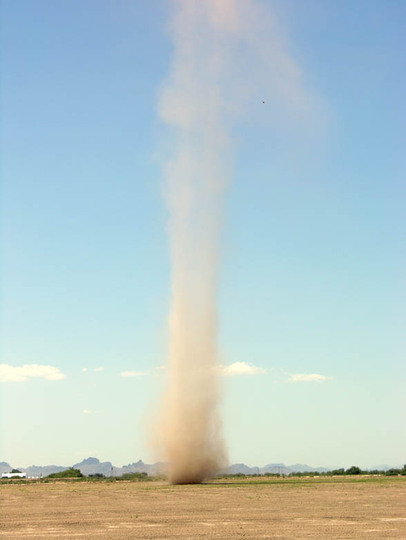
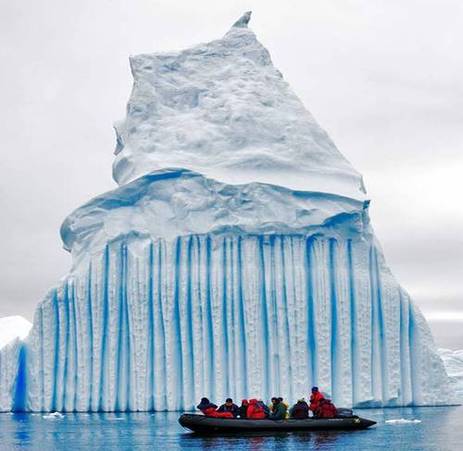
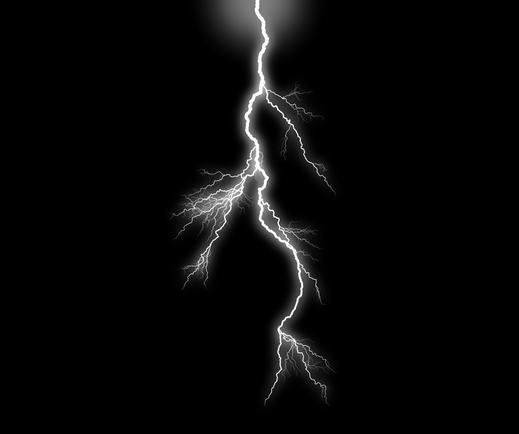
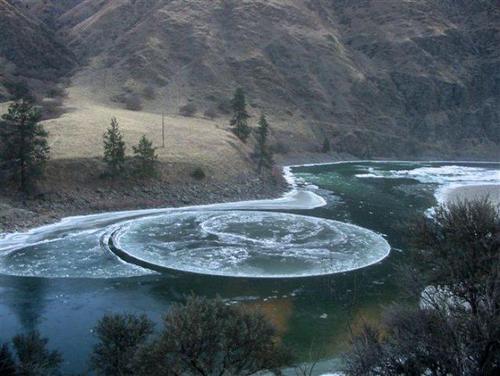
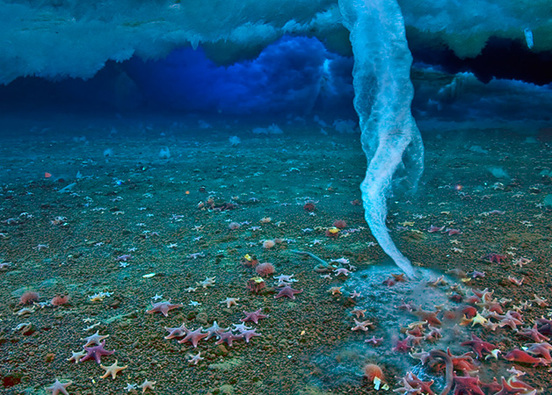


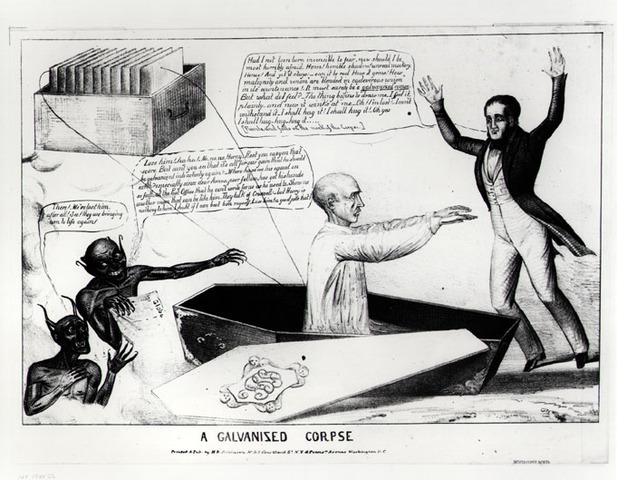
 RSS Feed
RSS Feed